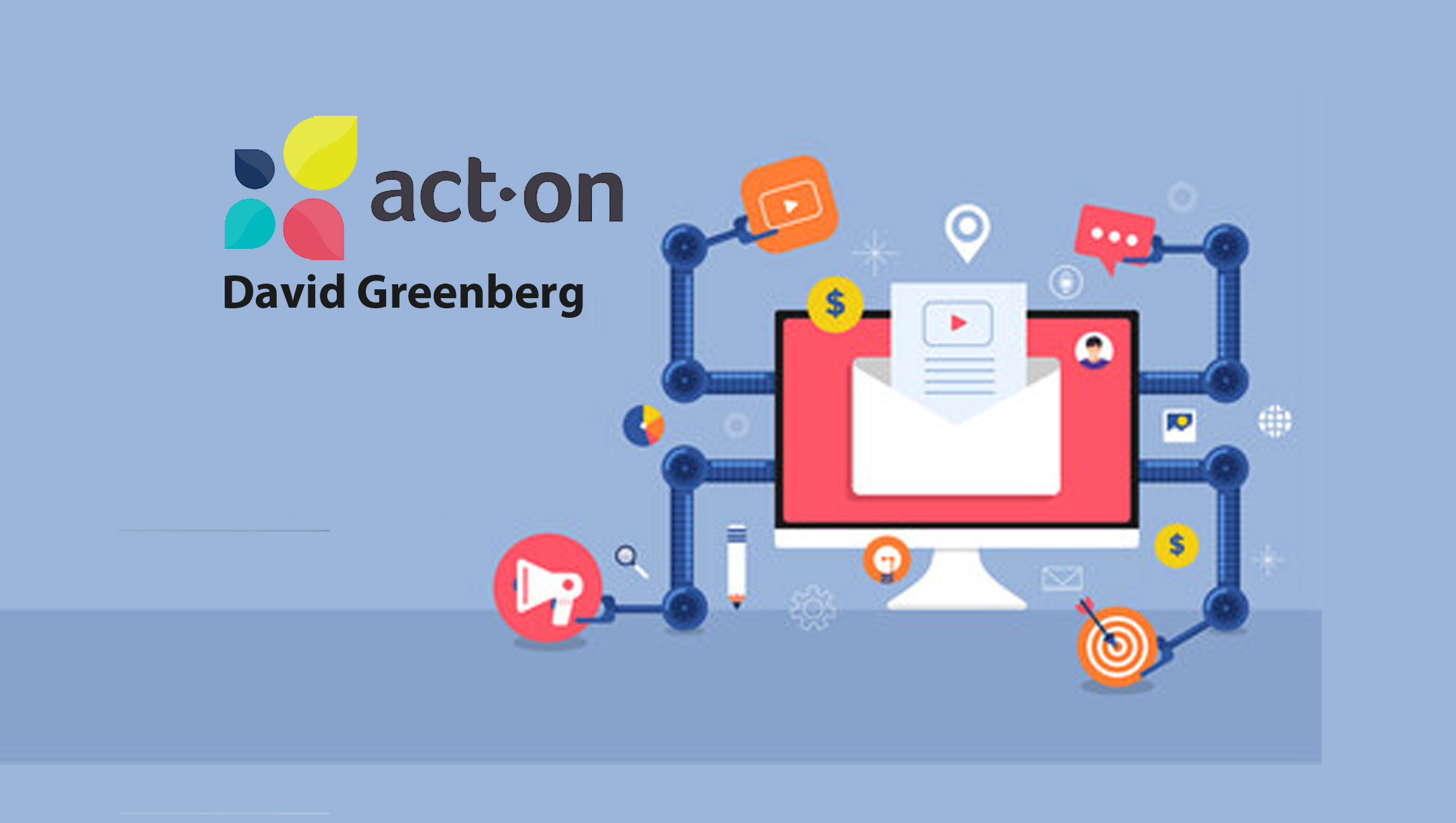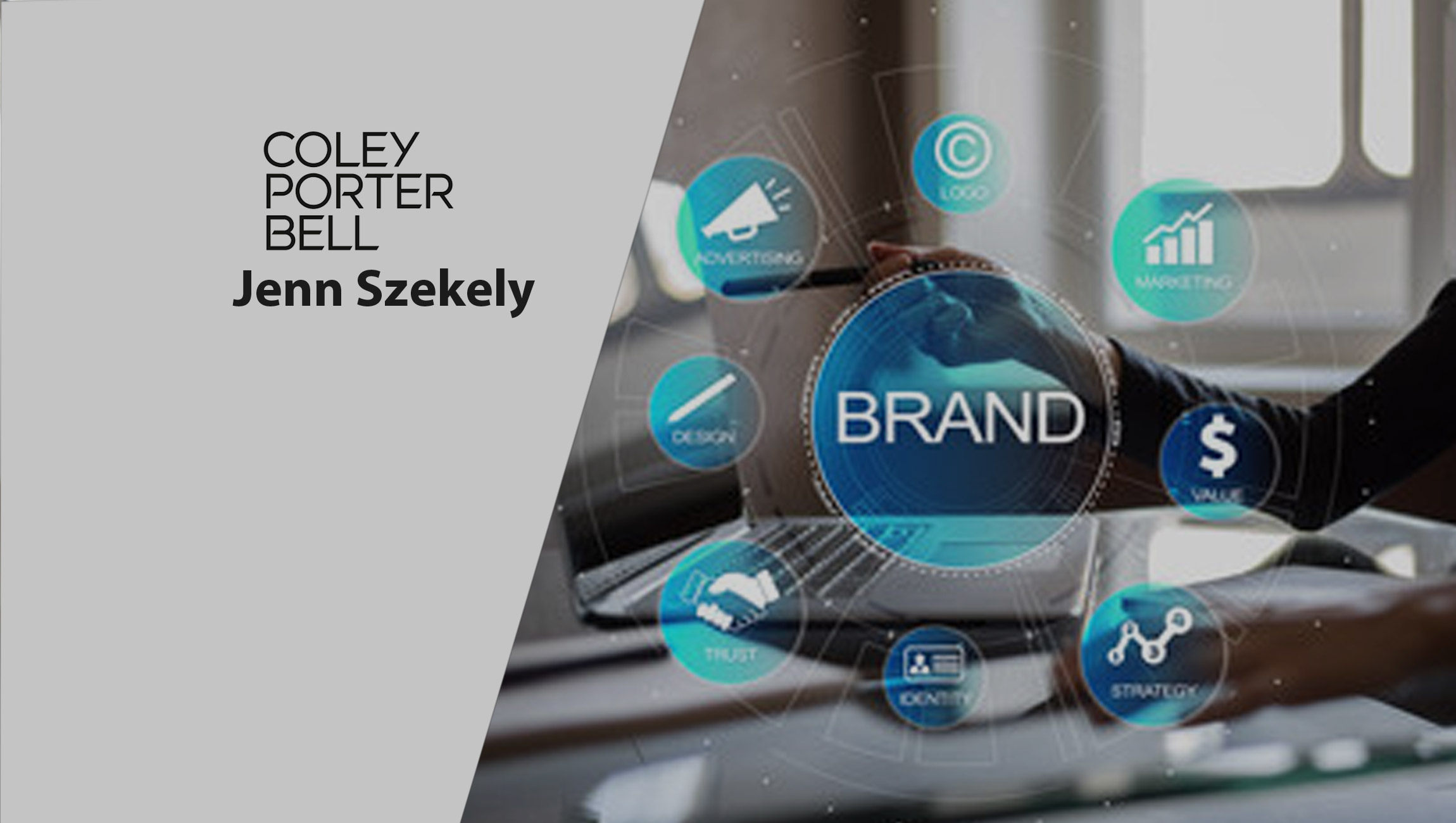You know that email you get every morning that keeps sending over irrelevant offers and information, misspelling your name, and cluttering up your inbox? Much of this communication stems directly from companies using the “batch and blast” email approach with little to no personalization or attention paid to the actual way people “buy”. While many martech solutions on the market are lacking, email service providers (ESPs) are often the most outdated when it comes to providing marketers the tools they need to optimize data, automate tedious processes, and deploy multichannel campaigns. This form of impersonal, destined-for-the-spam-folder emails can do more harm than good, alienating a target audience or leading to email fatigue.
ESPs are often used by businesses to send messages to a list of email addresses that they have compiled through the years. It can be an affordable (sometimes free) way to reach an audience and share content consistently. Unfortunately, ESPs are relatively simple and lack customization. In an era where personalization and segmentation is king, many businesses are switching to a more sophisticated option: marketing automation.
A dynamic and robust platform, marketing automation provides all the services of an ESP and more to help businesses better understand consumer behavior, optimize messaging strategy, and nurture leads into lifelong customers. Below are three reasons to make the switch to marketing automation and graduate from ESPs.
Marketing Technology News: VIZIO and Verizon Media Announce Strategic Partnership to Advance Connected TV, Omnichannel Advertising
GOING BEYOND THE “OPEN RATE”
While ESP KPIs are easy to measure, the metrics are extremely shallow. Often, the only indicators of success are if users opened an email or clicked a link. These measurements can be useful for broadly gauging the success of a campaign, but marketers will have no true sense of customer journey, what happened “after the click”, and what aspects best prompted engagement.
With marketing automation, a lead’s behavior can be tracked to understand where and how they interact with a company online throughout their entire journey. The advanced software provides deep insights into what prompts users to engage, and paints a clear picture of activity, preferences, and interests. Like ESPs, it can also track response metrics like unsubscribes, click throughs, and open rates, but takes it a step further by also integrating into CRMS to track leads, building and launching landing pages, measuring conversions, and much more.
Additionally, marketing automation platforms typically include insightful tracking tools like marketing dashboards, campaign performance reports, and data filters. These analytics help marketers break down their user’s behavior data and understand which actions and assets actually drive conversions and sales, generating valuable insights to continuously improve the customer experience. The strong analytic capabilities of marketing automation are a key driver of the platform’s increased popularity as businesses make the switch to this cutting-edge, accessible tech.
PERSONALIZING THE PROCESS
In an era where customers are holding brands to a higher standard than ever before, it is essential that marketers prioritize reaching consumers on a personal level, showcasing products that are relevant to their lives and interests. A one-size-fits-all email approach is destined to fail because not all customers are at the same stage in the life cycle.
This form of impersonal email marketing falls flat because it shows consumers a company isn’t making an effort to understand who they are and what they need. With research showing that 63% of consumers say they will stop buying from brands that use poor personalization tactics, personalization is no longer an option, but a necessity. In a time when consumers are more savvy than ever, with a wealth of knowledge and research at their fingertips, marketers need to treat them like the informed, valuable consumers they are.
More so, ESPs can also cause further challenges in communicating with existing customers or nurturing prospects because the appropriate messaging and preferences for these individuals is so vastly different. Think: Sending an email blast for an onboarding session to your entire contact list, including customers who have been patronizing your brand for years. This reads as unappreciative for all the years they’ve been giving you their money. Or, what if your customer never reads their email in the morning? If you shoot out a blast at 6 am, you automatically alienate this segment.
Marketing automation transcends the limits of ESPs by using the previously mentioned behavior analytics to offer a superior brand experience. The software leverages user data and metrics to send personalized, targeted messages that not only resonate, but hit at the optimal time in the day for each individual, maximizing engagement opportunities.
Marketing Technology News: MarTech Interview with Hunter Montgomery, Chief Marketing Officer at ChurnZero
INCREASED EFFICIENCY
ESPs can be inefficient, and often fail to maximize resources because of limited measurement tools that make it difficult for marketers to understand if the time spent designing and sending emails is really worth it. For this reason, adopting a marketing automation solution (which can do everything an ESP can do, plus more) is a logical move for marketers looking to understand their spend, customer behaviors, and ROI on a much deeper level.
Automated marketing campaigns allow businesses to better track the effectiveness of their messaging based on the customer journey, driving a deep understanding of what’s working and what isn’t. Robust reporting capabilities take insights/data analysis to the next level and provide businesses with a detailed look into campaign metrics. Companies can then use this information to pivot and adjust their messaging strategy until they determine the most optimal communications strategy for their particular audience.
In marketing (and nearly every other industry today), measurement is key. Companies often have to answer to their stakeholders and board members to demonstrate proper stewardship of funds, raising the stakes and demanding marketers prove the ROI of their campaigns. Marketing automation helps achieve this transparency by providing highly detailed metrics and insights, leaving the powers that be no choice but to continue allocating marketers the proper budget.
TAKEAWAYS
ESPs had their moment in the sun, but as digital transformations become much more refined, their limitations are becoming undeniable. Their basic measurement tools, lack of personalization, and overall inefficiencies make marketing automation a superior choice. This is especially true within the context of the modern market where consumers balk at brands who don’t take the time to tailor their messaging and stand out from the crowd. It’s time for marketers and businesses to unsubscribe from ESPs and embrace a sophisticated, dynamic marketing tool that can reach an audience with personalized, powerful messages that drive action and engagement.
Marketing Technology News: Travel Marketers Look Ahead Toward Recovery











